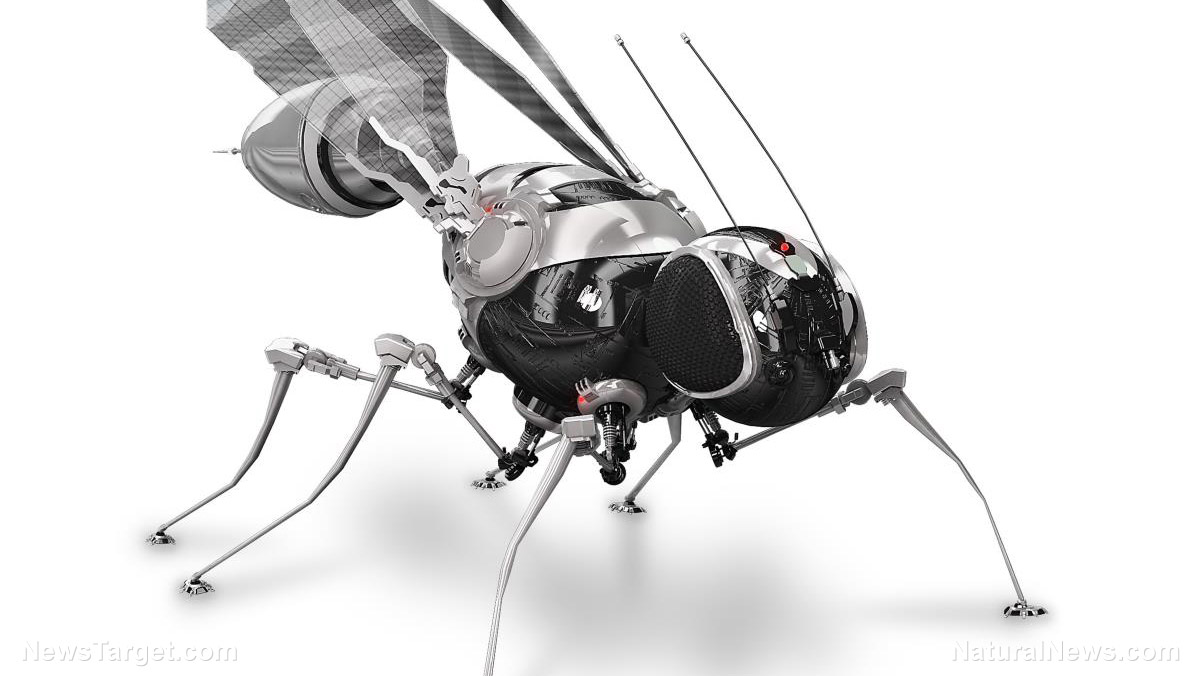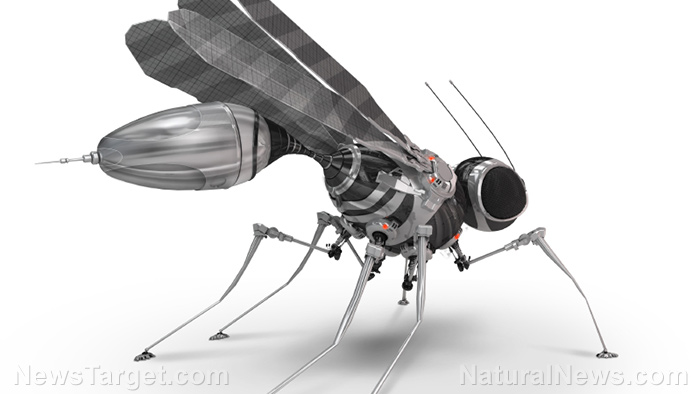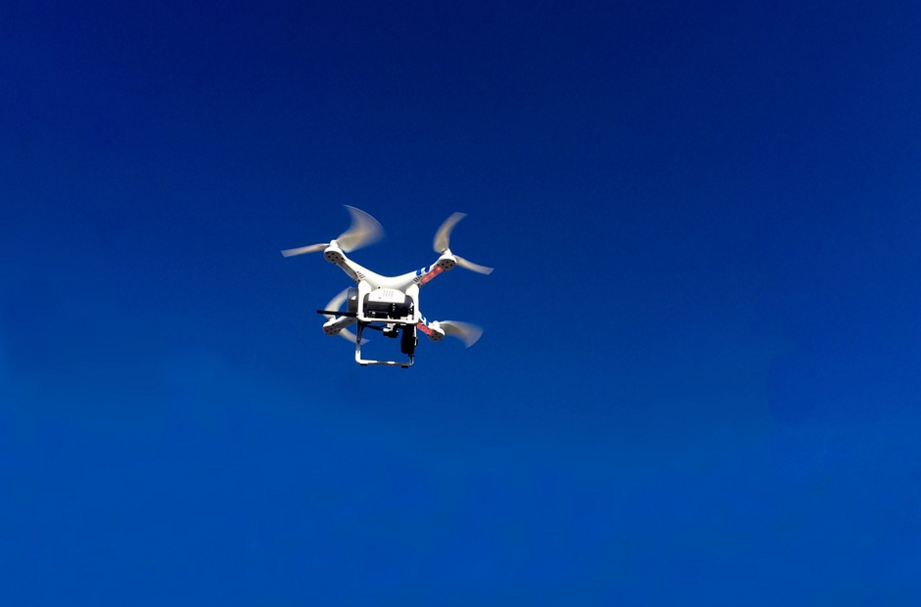Scientists study how flies fly to build better-balanced drones
01/31/2019 / By Edsel Cook

An Ohio-based research team published the results of their experiments on several different species of flies. They believe their findings can improve the ability of aerial drones to maintain balance during flight, an article in Science Daily stated.
They experimented on a pair of organic structures found on black flies, hoverflies, and flesh flies. Called “halteres,” these organs act like natural gyroscopes for the flying insects.
Halteres maintain the fly’s sense of balance no matter its position or location. The Case Western Reserve University (Case) team decided to see what would happen if they remove these structures from the animal.
They found that these surgically-operated flies could still be able to launch themselves into the air. However, the airborne animals proceeded to wobble throughout their flight as if they were drunk.
Flies missing their halteres proved unable to figure out which way they were supposed to orient themselves. They could not differentiate between the vertical and horizontal planes.
By studying the way these halteres work, the researchers believe they can replicate or mimic the balancing ability of flies in aerial drones.
The balancing organs of flies used to be an extra pair of wings on their ancestors
Primary study author and researcher Alexandra Yarger published the results in the preeminent scientific journal Proceedings of the Royal Society B. As part of her doctorate in biology, she investigated the electrical activity of neurons inside halteres.
The halteres started out as another pair of wings on ancient species of flies. The extra set became redundant once later species became much more adept at flying.
Over time, these wings evolved into their current stubby form. Modern-day flies use halteres as sensors to help maintain their balance.
Yarger and her mentor, Case assistant professor of biology Jessica Fox, previously examined the way flies use their halteres during flight. As a follow-up to their earlier 2015 study, they plumbed the nervous systems of the insects. They wanted to find out how the animals use the sensory information from the organs.
In their experiment, the researchers hijacked the activity of the halteres. They attached small pieces of metal to the tip of the sensitive organs and used small magnets to remotely control the metal.
This set-up allowed them to them trick the fly into thinking its orientation had changed. Yarger and Fox recorded the electrical signals that the fly sent to its flight muscles.
Flight patterns triggered different neurons in flies at varying times
“We know that the halteres activate the neurons, which in turn, tell their wings and neck what to do — but no one really knew exactly how that happened until now,” Yarger observed about the results of the two-year long study.
They were able to confirm a pair of theories that date back to the 1950s. First, some neurons only activated during straight flights, while others became active only when the fly was rotating its body.
Second, certain neurons activated during both flight patterns. However, they fired off at different times depending on the way the insect was flying.
“Alex found that both of these ideas were correct and now we have a clear idea of what the code is because she found it,” explained Fox. “We found that this single spike moving around in time is what forms the code of ‘I’m rotating’ vs. ‘I’m not rotating.’
The next step for the Case researchers is to find out how the fly interpreted the feedback from the halteres and acted accordingly. This could help them improve the sense of direction of micro aerial vehicles.
Sources include:
Tagged Under: aerial drones, drone experiments, drones, flies, insects, mini drones, neurons, new technology


















